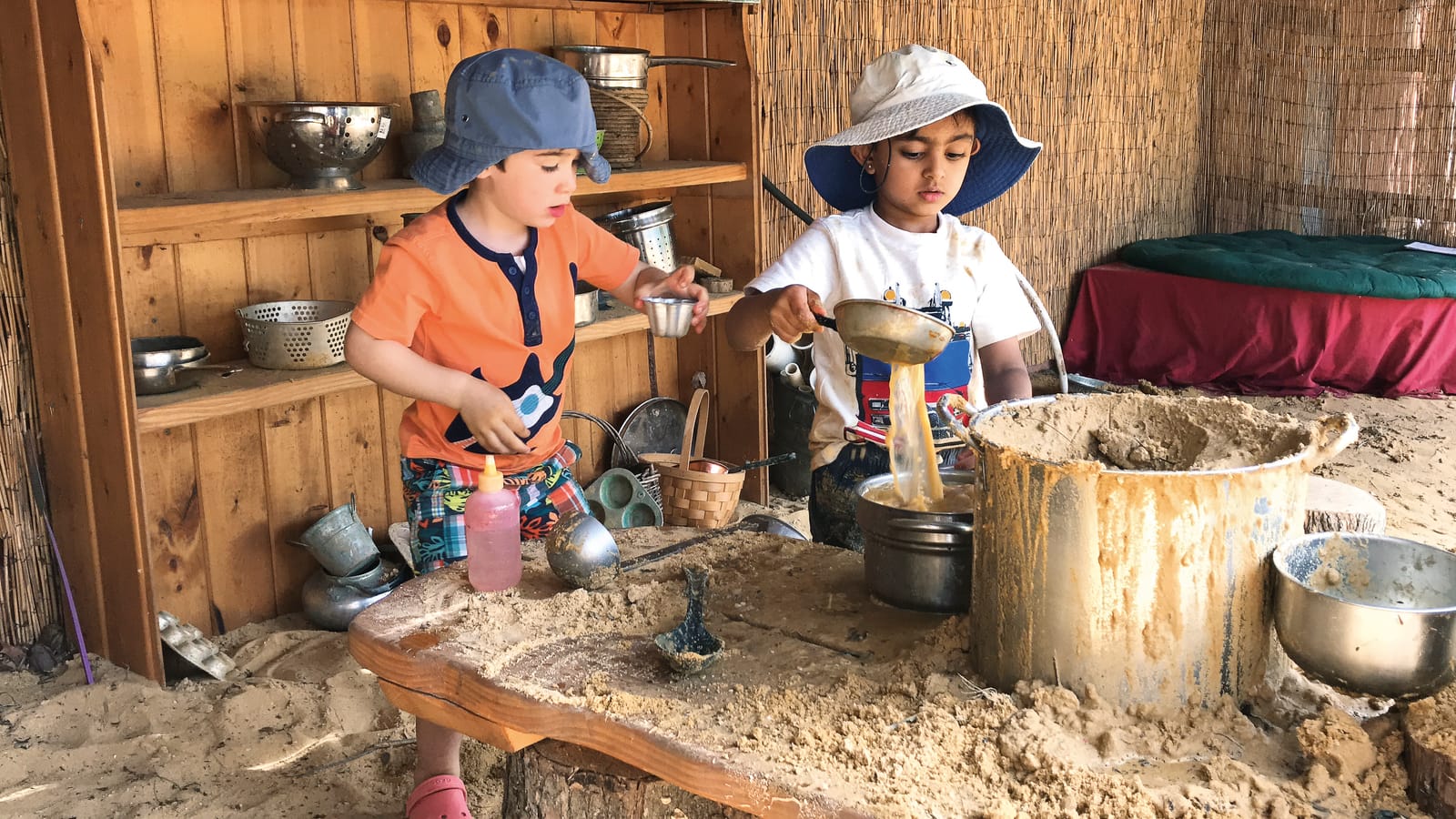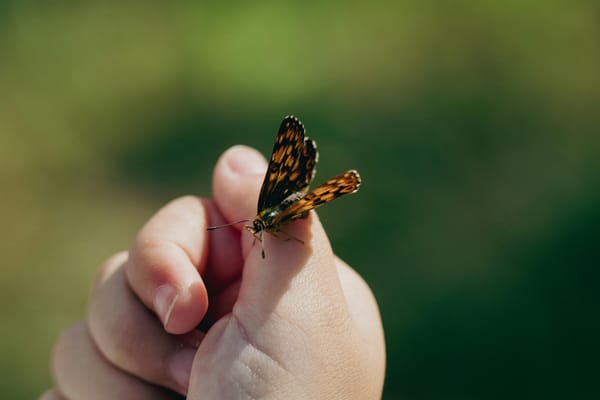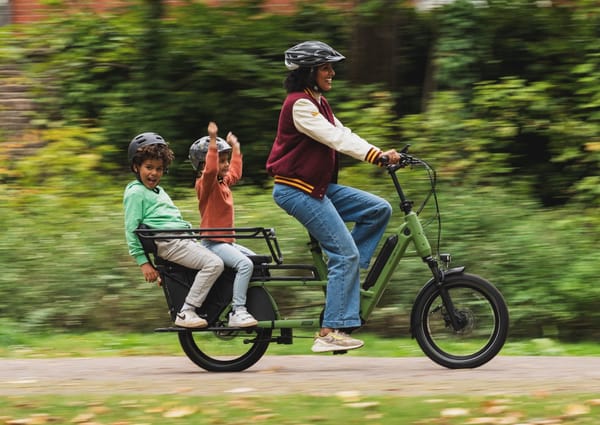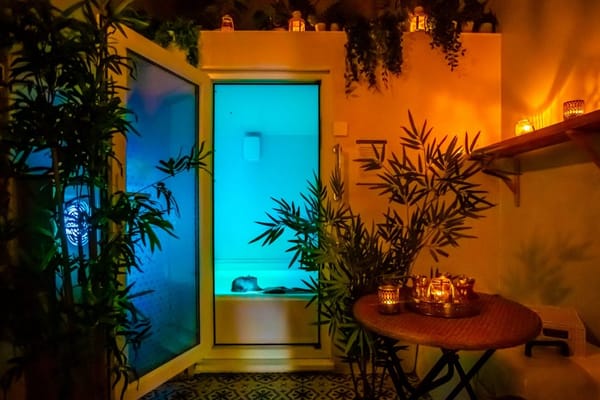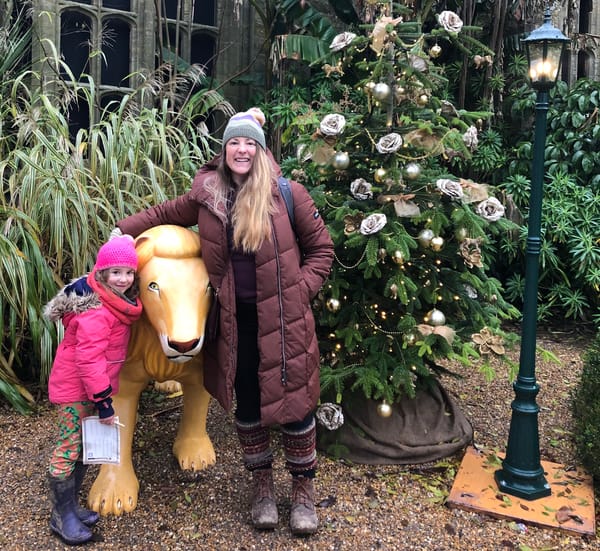Touching the earth can be just the tonic we need to help us feel grounded and connected. Nancy Striniste shares ways we can play with the earth at home. Yes, mud kitchens! And more...
A wise teacher I know gave the assignment to her homework-hungry kindergartners: Touch the earth every day. It required them to develop a habit—to learn to pause, to be aware, and to notice nature. Touching the earth can be broadly defined in many ways. Sand, soil, water, and mud are essential elements of the earth that should be encountered as often as possible. They offer open-ended play, infinite opportunities for experimentation and creativity, and a softness that is soothing and healing.
A tray of sand is a common tool for children’s therapists because it is so calming. Raking gravel or sand in a Zen garden is a time-honoured meditative pastime. All of these materials are malleable and responsive; they allow us to explore everything from physics and engineering to creativity and art. Playing with these rich sensory materials is deeply engaging, so it is important not only to include them, but to allow children plenty of time to engage with them.
Sand - Depending on how wet or dry it is, sand can be sifted, shaped, smoothed, raked, sculpted, and climbed. It is a raw material for pretending: one minute a birthday cake, the next a tunnel or moat. Raking patterns into soft sand with our fingers requires a light touch. Lifting a heavy bucket of sand exercises the proprioceptive sense, which helps us assess the force required by our body to move an object.
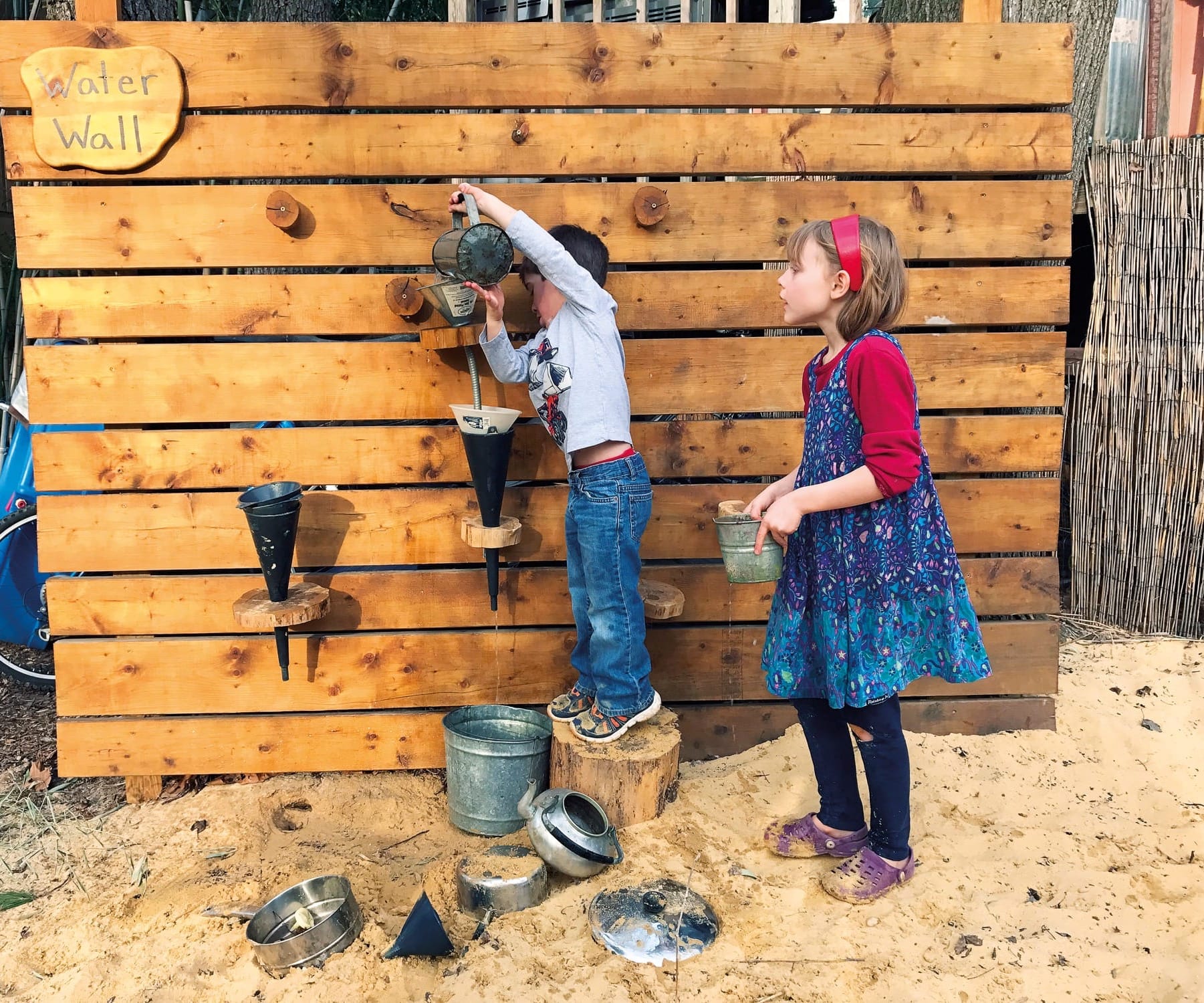
'The joys of mud are becoming more widely acknowledged. There is now even international mud day'
A big digging project may require the help of friends, which adds a social dimension and a chance to develop negotiation skills. Textures below the sand are a surprise to uncover. Bury treasures like marbles and gems—coloured aquarium gravel paired with a sand sifter works great. A big pile of sand dumped in your play space is a smart investment that offers more diverse play value than any other single element I can think of.
Soil - Digging in soil offers a different type of proprioceptive experience than digging in loose sand, because soil can be either light and fluffy or dense and dominated by clay. These textures make soil harder or easier to dig and carry, and give it different colours, textures, and smells. Having real metal shovels and tools along with a place to dig is incredibly satisfying to children. Mixing some sand into the soil of a digging spot can make the soil easier to work and different than digging in either material by itself.
Digging in the earth is an engaging, satisfying activity that exercises the body as well as the mind. There are opportunities for making plans (an underground shelter?), setting goals (how deep can I go?), and imagining stories (is there treasure to be found?).
And fascinating studies by bacteriologists tell us that there is another benefit to digging and playing in soil. In addition to building our immune systems and reducing the likelihood of asthma and allergies, there are beneficial bacteria, called Mycobacterium vaccae, commonly found in soil, which can help us neurologically. More specifically, when these bacteria come in contact with our skin or are inhaled into our lungs, serotonin is produced in our brain. Serotonin is a neurotransmitter that makes us happy, reduces stress, and improves our ability to learn. No wonder playing in dirt or gardening makes us feel good!
Water - Adults often take water for granted, but children never seem to tire of playing with it, especially when it’s offered in a play space. Water changes state in mysterious ways for children: liquid freezes solid in cold weather, and in hot summer sun it evaporates and seems to disappear. It can be poured, pumped, sprayed, channeled, and carried in containers. Water always flows downhill, forming puddles and ponds, and sometimes disappears into the ground.
Kids who have access to water in their play discover that they can wash with it, drink it, feed plants with it, raise fish in it, swim in it, cook with it, sail on it. There are myriad science lessons that come out of wondering why some things float and others sink. Basins, troughs, and fixed or movable channels can be raised or at ground level, cascading or serpentine. They can be made of hollow logs, concrete with mosaic, clay, or packed earth lined with stone. And they can direct water to flow into sand, where children can create channels, rivers, ponds, moats, and dams. Depending where they live and with the right clothing, children can play with water outdoors throughout the year.
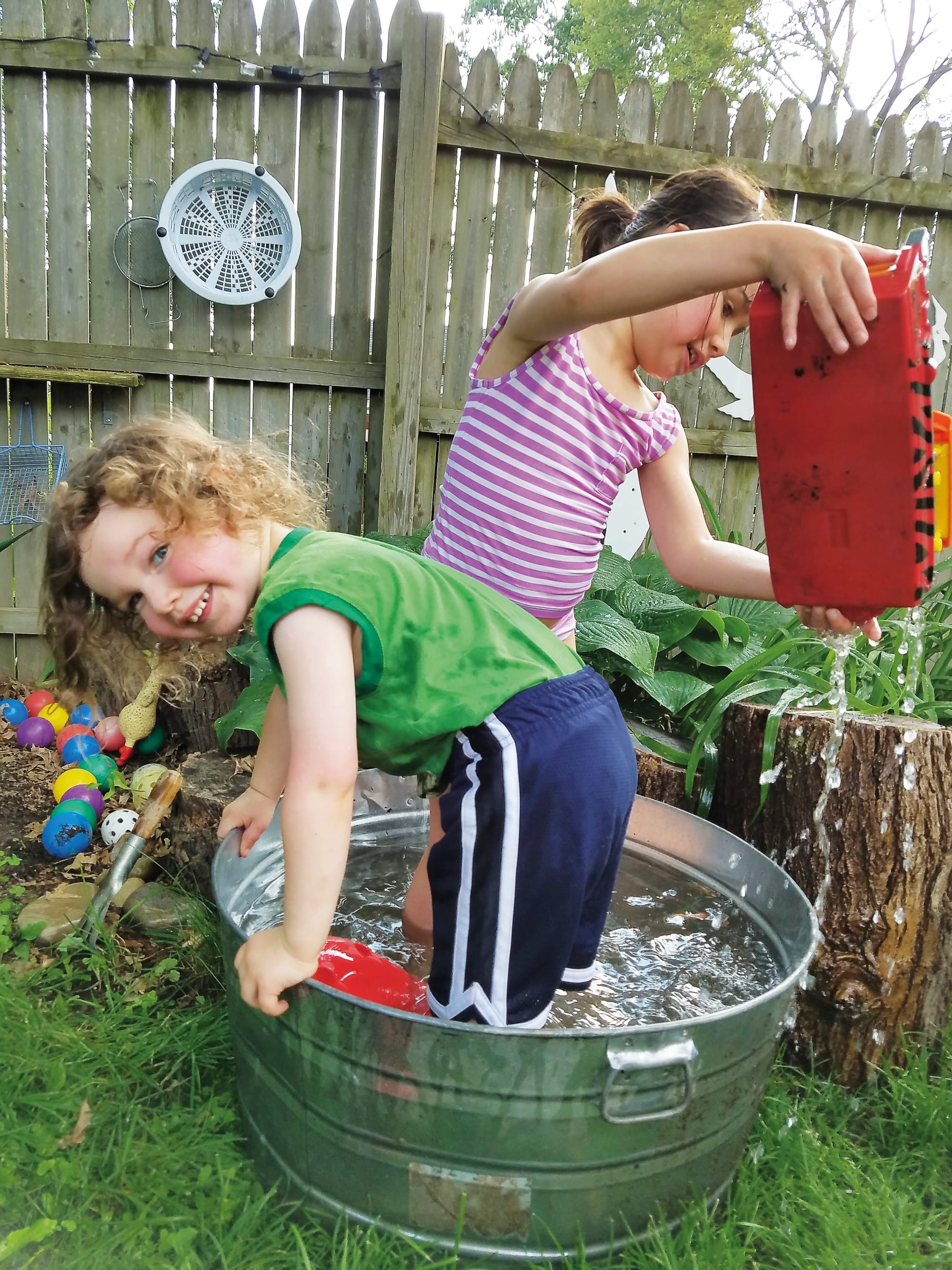
Mud - When soil and water are combined, the play value grows exponentially. Now there is the opportunity to create soups and potions, to build structures out of earth, to paint faces and immerse toes or bodies in a mooshy-squooshy, spa-like mud bath. Children have differing degrees of comfort with the sensory intensity of mud. Be respectful of this, and never push a child beyond their comfort zone, but do expose them to mud and messiness from an early age. The more mud and unusual textures become familiar to children, the more likely kids are to feel comfortable touching and interacting, and reaping the benefits of those important sensory experiences.
A mud pit can, for the bravest of parents, be a designated portion of a play space. Loosen some dirt in one corner of your yard and run the hose there. Kids can play in bathing suits or underwear, or, in colder weather, wear waterproof gear over clothing. Having a hose, towels, and dry clothes at the ready for cleanup is helpful.
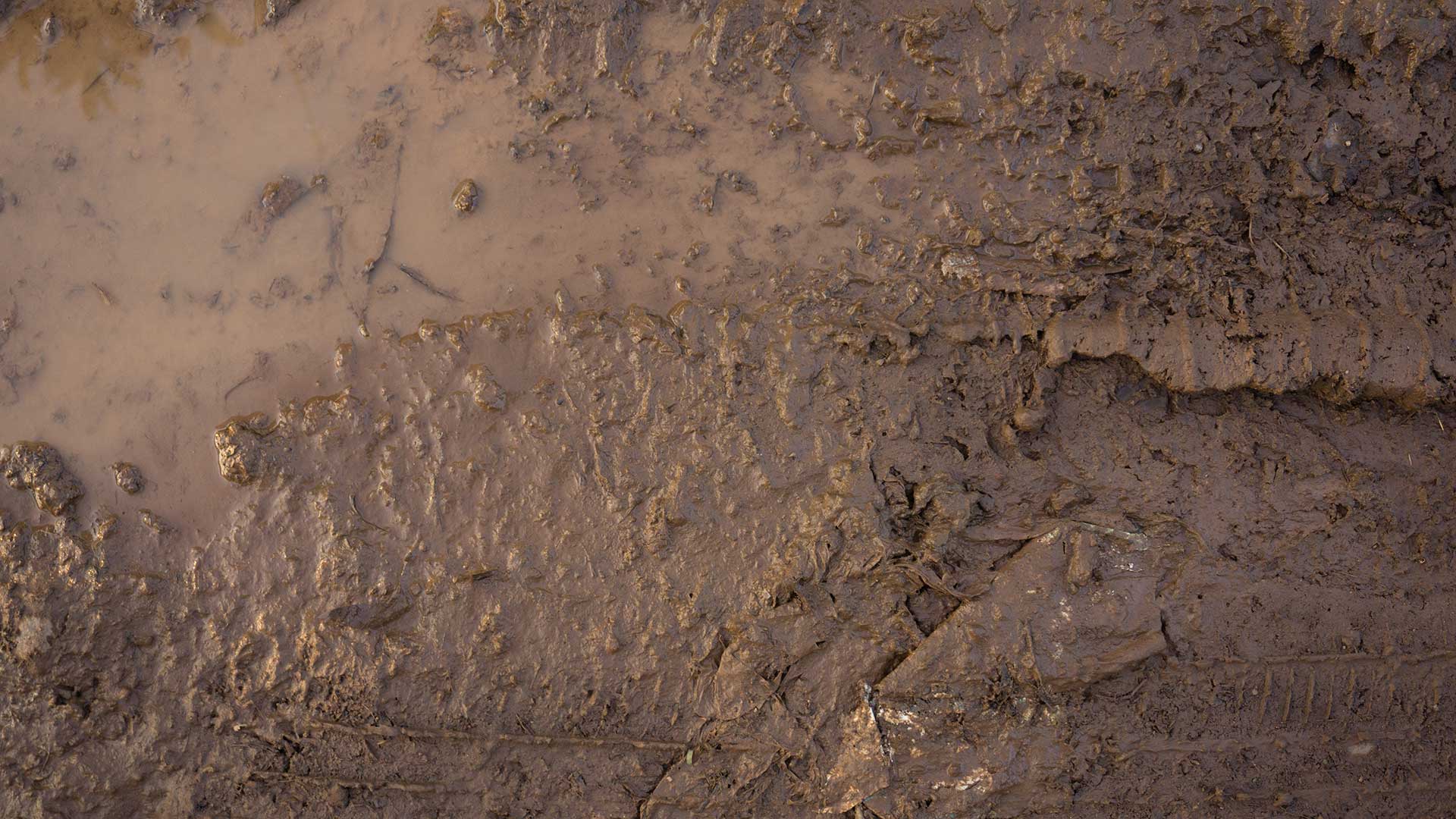
'Digging in the earth is an engaging, satisfying activity that exercises the body as well as the mind'
A mud café is the perfect place for pretending and experimenting with “recipes” and concoctions. Because it involves work surfaces and containers instead of total immersion as with a mud pit, it is somewhat more manageable and can be used almost year-round. The ideal mud café involves a work surface and some low walls or shelving to make the space feel enclosed. The pass-through windows on many play-houses available to purchase are ideal for mud kitchens. There can be a vertical panel (like a fence) for hooks to hang containers and kitchen utensils, along with some storage shelves. A basin for mixing water and later for cleaning up is a good idea.
This is a place for experiencing textures, using imagination, and even for some early literacy. Adding a clipboard and paper or a chalkboard allows kids to document their “recipes.” To make mud, you can use soil from your yard or bagged topsoil from a garden centre. Wet sand is similar to mud and offers great play value.
The joys of mud are becoming more widely acknowledged. There is now even International Mud Day (created by the World Forum for Early Childhood Care and Education), held on or around June 29 each year. You and your family or community can register your events and share photos of your International Mud Day antics on social media. The pumper truck from the Ithaca, New York, fire department visits the Anarchy Zone adventure playground at the Ithaca Children’s Garden and sprays freshly dug soil with water to kick off that town’s celebration of International Mud Day.
FEASTING IN NATURE
My mother could be reliably counted on to comment that “food always tastes better outside,” whenever we grilled burgers on our little hibachi or had sandwiches on the beach. We teased her about it, but she was right. Whether it is a juicy tomato picked and eaten warm off the vine, a charred-outside-but-fluffy-inside potato roasted over a campfire after a day of hiking, or crunchy apples, crusty bread, and sharp cheese at an outdoor concert, eating outside seems to strip away distractions and connect us to the flavours, the juiciness, and the aromas of our food, and to nature, in a visceral way.
I recommend that children eat outside as often as possible. To really immerse yourself in the drippiness of a hunk of watermelon, you have to be outdoors. Having a stash of snacks in your pocket, ready to go to whenever hunger hits, makes a person feel in charge, competent, and ready for anything.
Nancy is the founder and principal designer at EarlySpace (earlyspace.com). She has a background as both a landscape designer and an early childhood educator. She currently enjoys her empty nest and traveling, including visiting her grown children who are out in the world doing amazing things.
MORE INSPIRATION

READ Nature Play at Home by Nancy Striniste

EXPLORE Ideas for connecting with nature
EXPLORE THE EARTH - Connect with nature

Plan Toys Sand Play Set
This set includes a bucket and 3 diggers inspired by sea animal characters. It's sure to keep young ones entertained whether on the beach or sand pit. Perfect for encouraging kids to get digging, raking and making shapes.
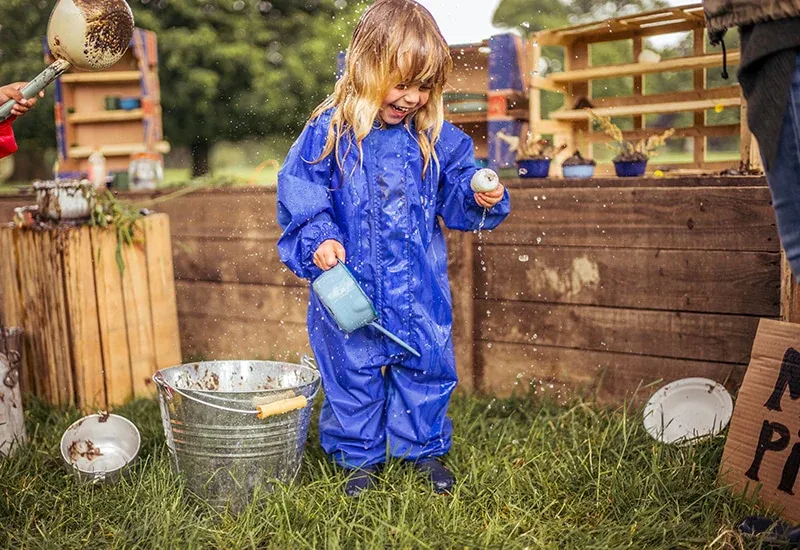
Originals Waterproof Recycled Puddle Suit Blue
The suit is designed with nurseries, schools and forest schools in mind. This bright blue all-in-one is made from 100% recycled durable nylon. It is super waterproof (up to 10,000mm) and withstands wind, rain and mud all year round.


